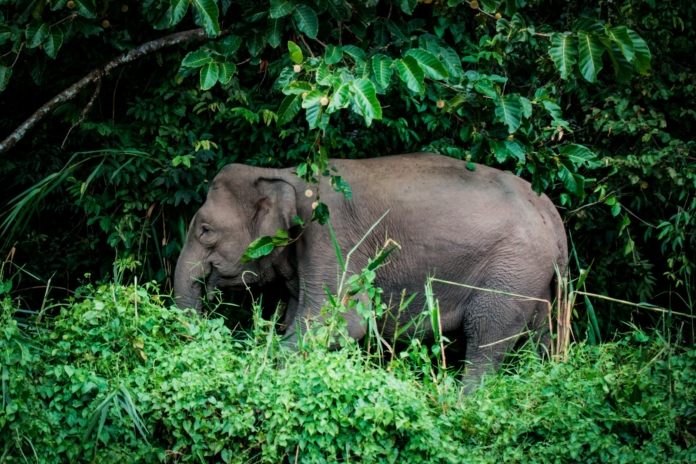Protecting communities and elephants
In the post Guiding Bornean Elephant Traffic – Wildlife Conservation Network, we learn why it’s important to manage the movement of Bornean elephants. The article explains the challenges both elephants and people face as they share the same environment. This information is vital because elephants often cross human settlements, leading to potential conflicts.
“Elephants and communities can coexist peacefully with the right strategies and cooperation.” — Wildlife Conservation Network
The article discusses various strategies to protect both communities and elephants. It emphasizes how elephants need to move through human areas to reach different parts of their habitat. Elephants moving through these areas might ruin crops or damage properties. This can create fear and anger among local people.
One effective solution mentioned is the program by Seratu Aatai. They have a team of community wardens who manage elephant movements. These wardens guide the elephants safely through villages, reducing potential harm. They also work with locals to prepare them for elephant encounters and prevent panic. This program benefits both the elephants and the human communities.
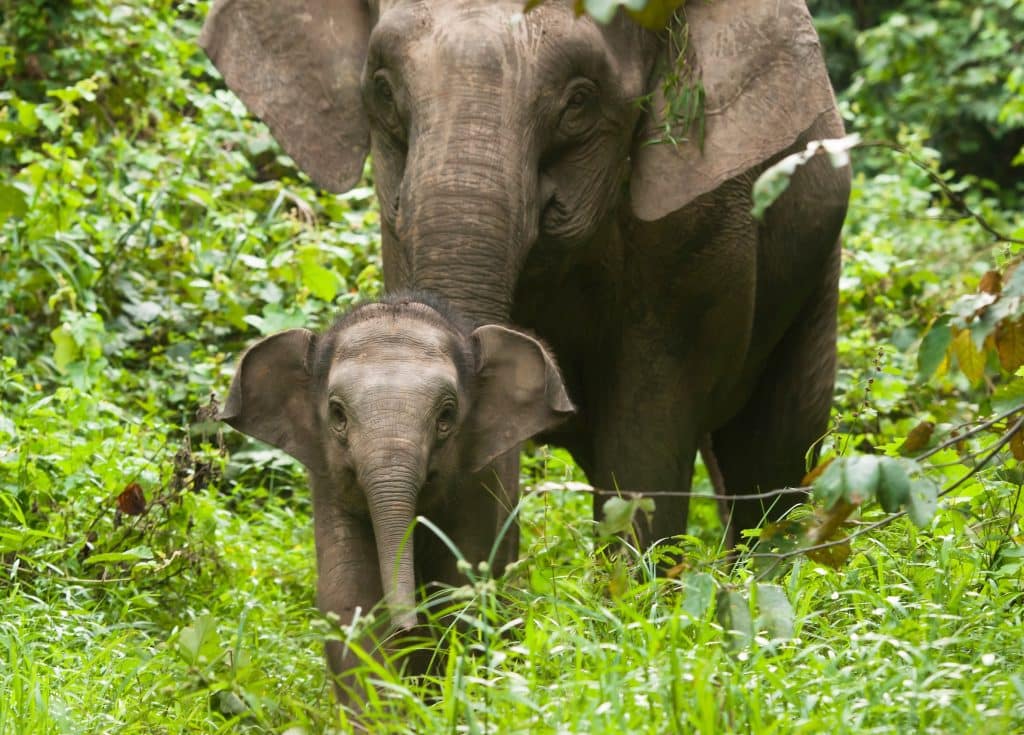
Community wardens also help remove bushmeat snares that can injure baby elephants, causing a herd to linger near villages.
The article highlights that these efforts are not just about guiding elephants. It’s also about teaching people to react calmly when they see these large animals. For example, they use low-voltage electric fences to guide the elephants along specific paths. These fences have gates that wardens open to let the elephants through, preventing any damage to the villages.
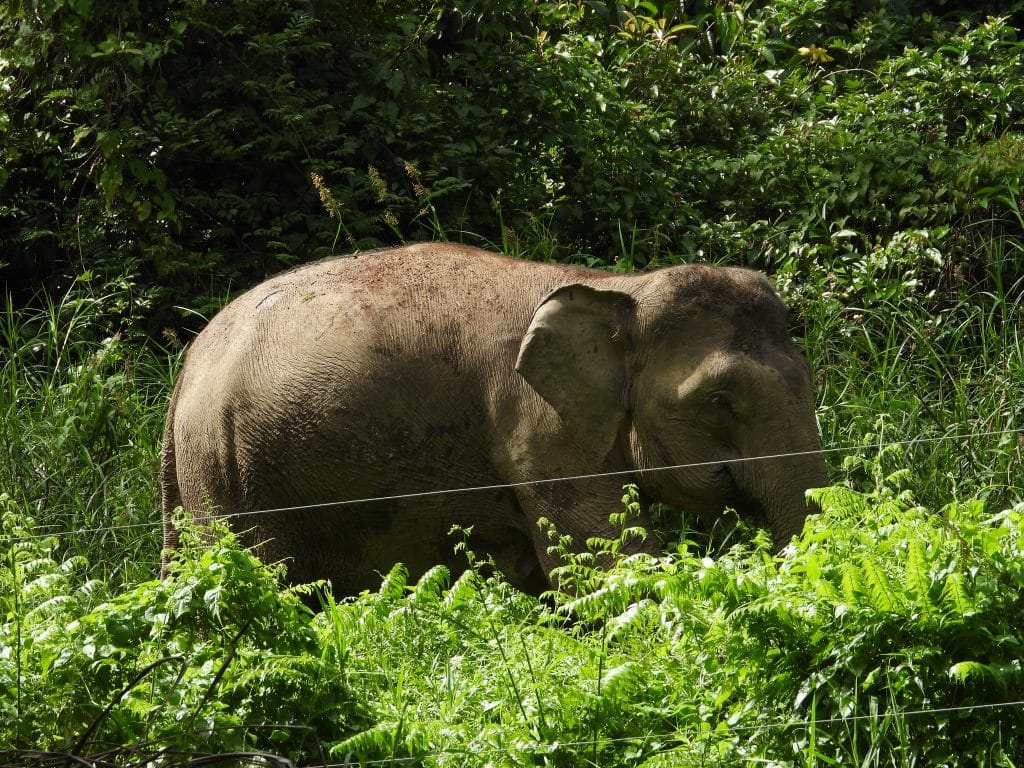
A Bornean elephant near an electric fence surrounding a village.
By addressing both the needs of the elephants and the safety of the people, this program is a great example of effective wildlife conservation. It shows that with the right tools and cooperation, humans and elephants can coexist peacefully.
Seratu Aatai’s role and strategies
Seratu Aatai’s initiative is vital for managing human-elephant interactions. Their community wardens play a key role in this by using various strategies to ensure both elephants and people stay safe.
One of the main strategies involves tracking elephant movements using GPS collars. These collars help the wardens monitor the herds and alert the villages in advance. Knowing where the elephants are lets the wardens plan and take action before any conflict happens.
“Our goal is to create understanding and tolerance between humans and elephants.” — Seratu Aatai
The community wardens also educate villagers about how to behave when elephants are nearby. For example, they teach them to avoid loud noises and sudden movements that could scare the elephants. The goal is to make sure that people remain calm and collected, which in turn keeps the elephants calm too.
Another important strategy is building low-voltage electric fences around villages. These fences are safe for both humans and elephants. The fences guide the elephants along specific paths without letting them wander into areas where they could cause damage. The wardens operate gates in these fences, allowing elephants to pass through without breaking them. This ensures a smooth transit for the elephants and minimal disruption for the villagers.
| Strategy | Details |
| GPS Tracking | Monitor movements and alert villagers |
| Education | Teach villagers to respond calmly |
| Electric Fences | Guide elephants through safe paths |
One amusing detail the article mentions is how some villagers have learned to recognize individual elephants by their behaviors and markings. This shows a level of comfort and familiarity that didn’t exist before. It’s a sign that the program is working!
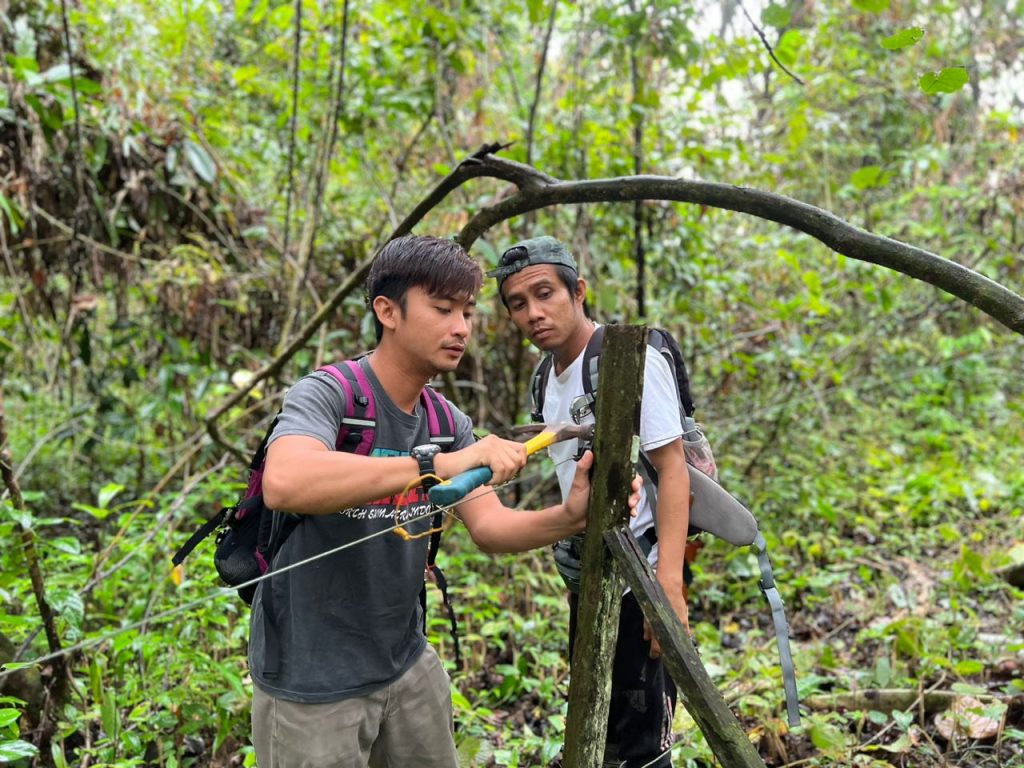
Seratu Aatai’s community wardens assembling a low-voltage electric fence.
Seratu Aatai also addresses another significant problem: bushmeat snares. These traps can be highly dangerous, especially to young elephants. The community wardens actively remove these snares, helping to prevent injuries that can lead elephants to stay close to villages, where they seek safety and become a source of conflict.
Through these combined efforts, the program not only protects the elephants but also empowers the communities to co-exist peacefully with these large, majestic neighbors. By managing these interactions effectively, Seratu Aatai provides a clear example of how human-wildlife coexistence can be achieved.
Expanding conservation efforts
Seratu Aatai’s efforts don’t stop at just the Lower Kinabatangan region. They are planning to expand their successful program to other parts of Borneo. Currently, they are targeting Central Sabah, which is home to the largest population of Bornean elephants.
This area is quite different from Lower Kinabatangan. It’s larger and more rural, meaning people and elephants don’t cross paths as often. But this also means that when encounters do happen, they can be more unpredictable and sensitive. By recruiting up to 15 new wardens, Seratu Aatai aims to pilot their program in this region, preparing local communities for any eventual elephant interactions.
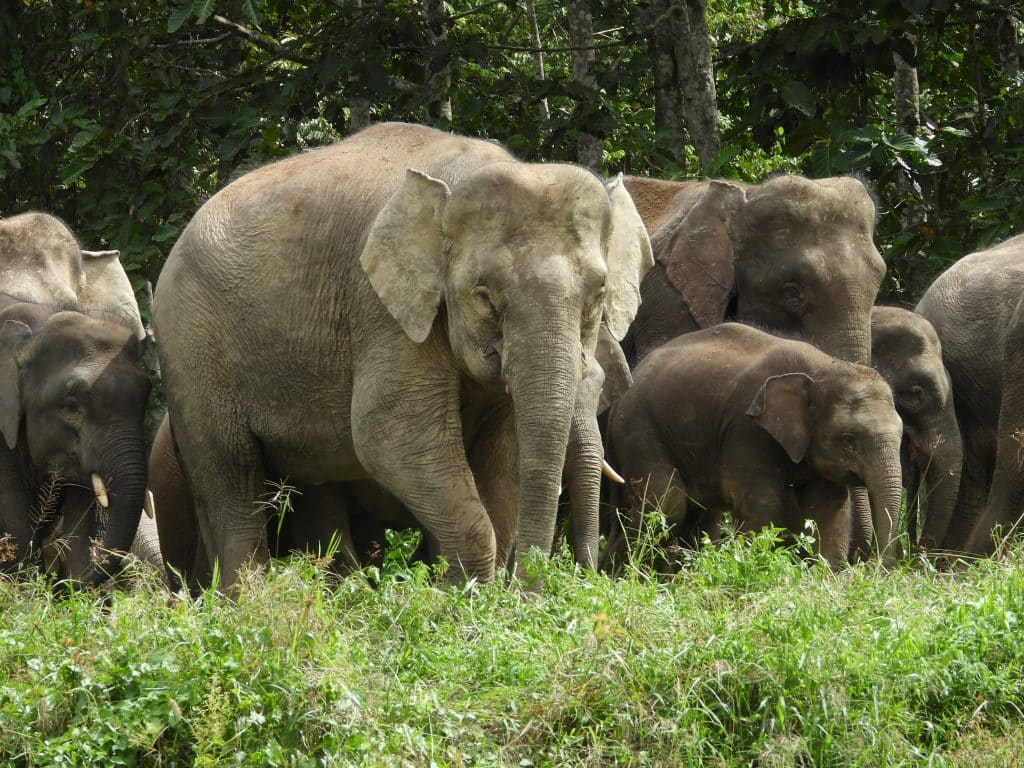
A herd of Bornean elephants in Lower Kinabatangan.
The new wardens will be trained in the same way as those in Lower Kinabatangan. They will learn to track elephants using GPS collars, educate people on how to stay calm during encounters and manage low-voltage electric fences with spring gates that let elephants pass safely. These methods have proven very effective in reducing conflict between people and elephants, ensuring that both can live together peacefully.
Expanding into Central Sabah is significant because it shows the flexibility of Seratu Aatai’s approach. The program is adaptable and can be tailored to different environments and communities. It’s a proactive step to make sure that as human settlements grow, they do so in harmony with the existing wildlife.
To read more about these efforts, check out the post at Guiding Bornean Elephant Traffic – Wildlife Conservation Network.

